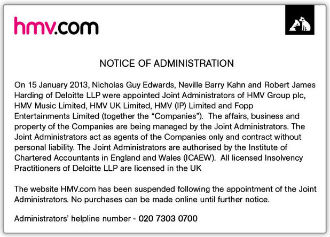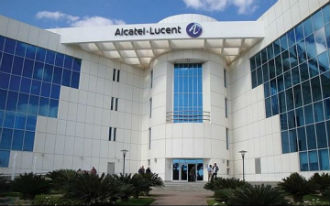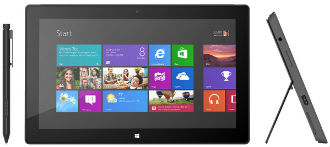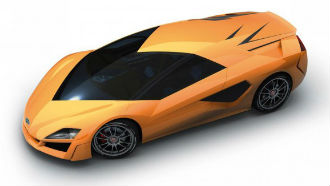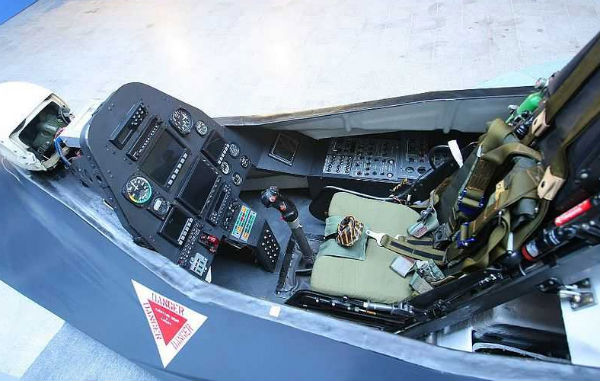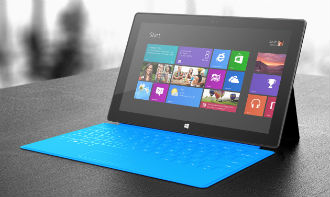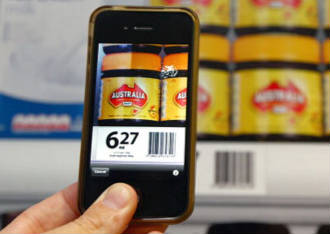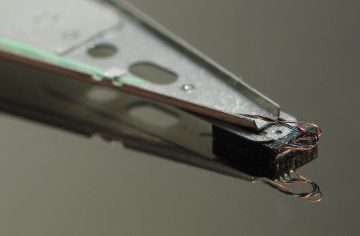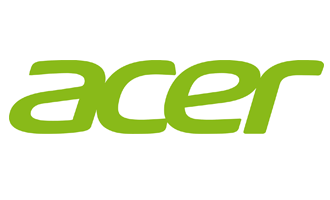 Retail e-commerce is still growing, in spite of economic volatility and a host of other concerns. According to comScore, 2012 was a record year for e-commerce outfits in the US. No doubt it will have a trickle down effect here in Europe.
Retail e-commerce is still growing, in spite of economic volatility and a host of other concerns. According to comScore, 2012 was a record year for e-commerce outfits in the US. No doubt it will have a trickle down effect here in Europe.
Total e-commerce sales amounted to $186.2 billion and a quarterly breakdown shows that Q1 2012 was the fastest quarter, with year-on-year growth of 17 percent. Growth in the second and third quarters hit 15 percent and it slowed down to 14 percent in the holiday quarter.
On the whole, E-commerce spending saw double digit growth for the last nine consecutive quarters. Sales in Q4 2012 hit $56.8 billion, an absolute record, despite the fact that it fell somewhat short of expectations.
“2012 was a year in which – for the most part – e-commerce continued to grow strongly, despite an uneven macroeconomic environment showing signs of recovery but also cause for continued concern,” comScore chairman Gian Fulgoni said in a statement. “With e-commerce growth rates consistently in the mid-teens throughout the year, it is clear that the online channel has won over the American consumer and will increasingly be relied upon to deliver on the dimensions of lower price, convenience and selection.”
The fourth quarter was also the first time e-commerce spending reached 10 percent of total US retail spending, excluding food, gas and auto sales. The top performing product categories in Q4 were digital content and subscriptions, consumer electronics, toys and hobbies, apparel and accessories, followed by books and magazines. Each category grew at least 15 percent compared to 2011.

